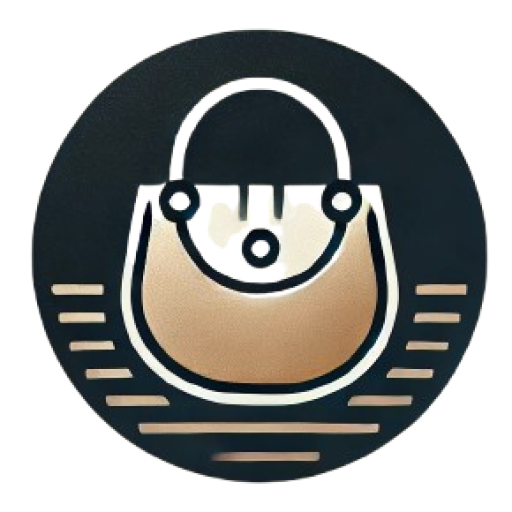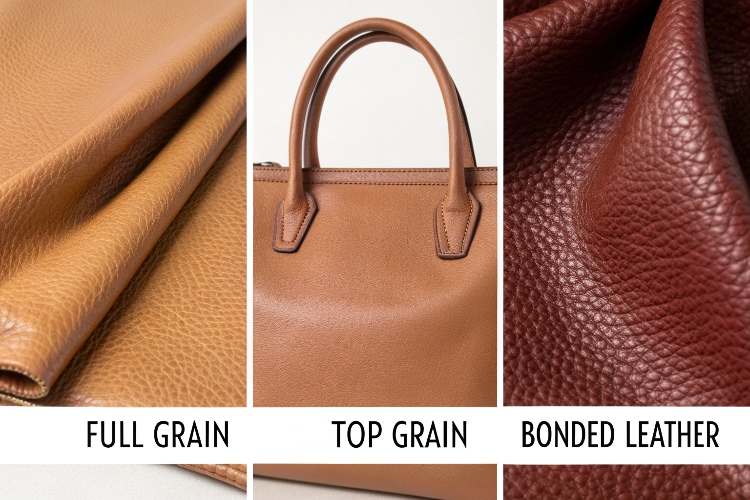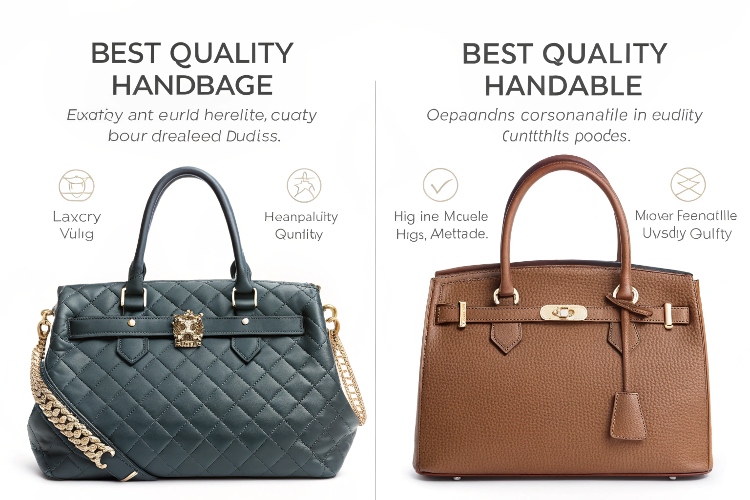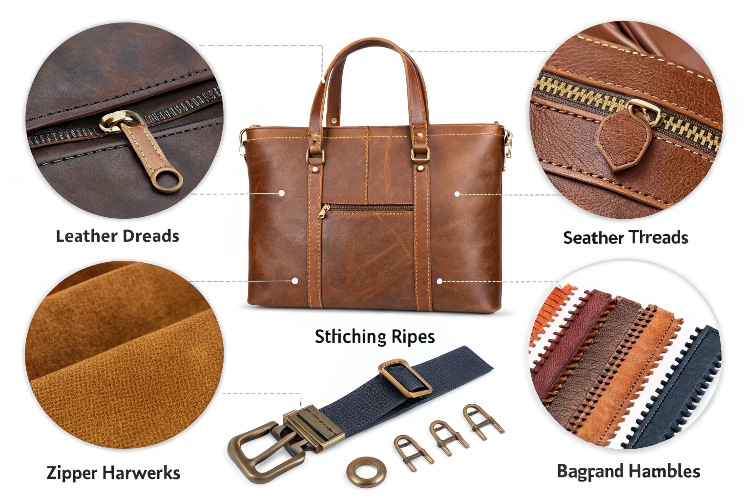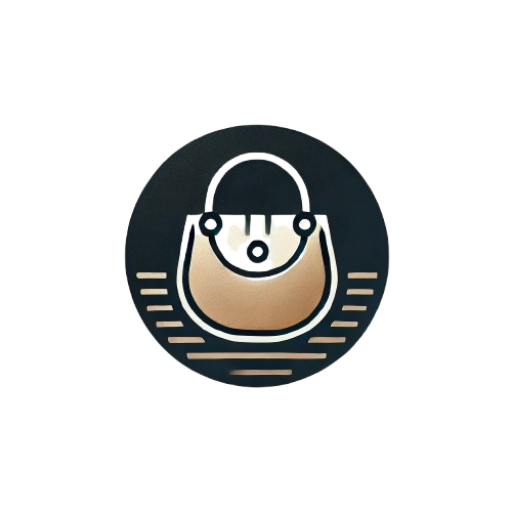100% Leather vs. Genuine Leather:
100% Leather: A misleading term implying “pure leather,” but it often refers to low-quality bonded leather (reconstituted scraps glued together). It lacks durability and may peel or crack.
Genuine Leather: A mid-tier category describing real leather (not synthetic), but it’s typically split leather or corrected grain (sanded/coated hides). Less durable than full-grain or top-grain leather.
Key Takeaway: Neither term guarantees high quality. For long-lasting bags, prioritize full-grain or top-grain leather.
Definition Analysis (Industry Standards vs Marketing Language)
What Does “100% Leather” Really Mean?
When foreign furniture manufacturers claim “100% leather,” this is actually marketing language. The Leather & Hide Council of America clearly states that any material containing at least 51% animal leather components can be called “genuine leather.” The term “100%” mainly emphasizes “containing no artificial leather portions,” not indicating quality grade.
Industry Reality of Genuine Leather
According to EU standard EN 15987:2015, genuine leather specifically refers to split leather after layer cutting. This type of leather undergoes processes like sanding and film coating, typically reaching 0.6-1.2mm thickness. Tests by the British Leather Technology Centre show its abrasion resistance is over 40% lower than top-grain leather.
Merchants’ Wordplay
The U.S. FTC (Federal Trade Commission) penalized a sofa brand in 2021 for concealing 80% recycled leather scraps usage behind its “100% genuine leather” label. True quality indicators lie in specific craftsmanship:
– Full-grain: Most durable leather retaining natural texture
– Top-grain: Surface slightly sanded
– Split leather: Requires chemical coating to maintain shape
How to Detect Marketing Traps
Inspection mantra from Italian luxury leather OEMs: “Three checks, one smell”:
1. Check edge cross-section: Real leather shows fibrous layers, artificial leather appears plastic-smooth
2. Check backside: Real leather retains flesh membrane residue, synthetic versions show textile backing
3. Check water absorption: Drops absorb faster on real leather
4. Smell: Strong chemical odor indicates heavy PU coating
Secrets Behind Pricing
2023 testing by UK Consumer Association revealed “100% leather” labeled budget sofas actually use £2-4 per square meter materials, while premium full-grain leather costs £20-35. Low-price products typically use compressed leather scraps technology – prone to cracking in humidity, with lifespan less than one-third of top-grain leather.
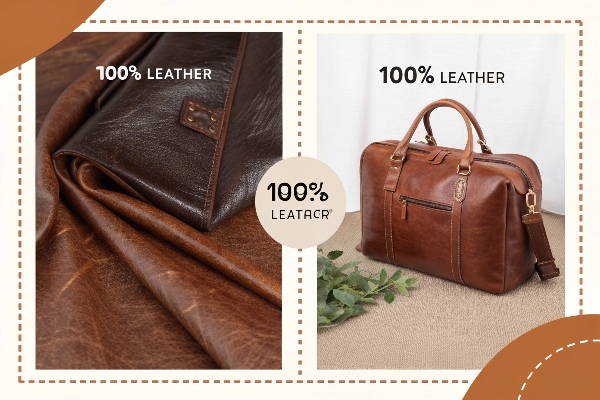
The Truth About “Genuine Leather” (May Contain Reconstituted or Low-Quality Layers)
1. What You Think Is “Real Leather” Might Just Be Scraps
The so-called genuine leather is like “juice drink” in supermarkets – even 10% content qualifies. The Federal Trade Commission (FTC) states: any product containing leather components can use this label. We’ve seen extreme cases where Italian factories labeled pressed leather dust mixed with glue as “genuine”.
2. Dissecting a Typical “Genuine Leather”
Using a burger analogy:
- The top layer with natural pores is full-grain leather
- The shaved middle layer becomes top-grain leather
- The paperboard-like bottom layer is split leather, commonly used in “genuine” products
A 2021 Spanish Leather Association test found 83% of “genuine” products used split layers, averaging 0.8mm thickness (full-grain starts at 1.4mm).
3. The Reconstituted Leather Trick
Some manufacturers mix in reconstituted leather – bonded leather scraps with latex and embossed. Quick test: scratch a hidden area with your nail. Genuine leather develops subtle wrinkles, while reconstituted leather either remains unchanged or crumbles.
4. Label Wordplay to Watch
Red flags include:
- “Genuine leather trim” – maybe only the zipper pull is real leather
- “Made with genuine leather” – like cookies with milk ingredients
- Vague labels like “imported leather” without specifications
New York Consumer Association tests showed 37% of “genuine” wallets contained less than 50% leather.
5. How to Spot the Real Deal
Three key methods:
- Smell: Real leather has a mild animal fat aroma – strong chemical smells are red flags
- Examine edges: Full-grain has fibrous, uneven edges; synthetic materials show machine-cut precision
- Temperature test: Real leather feels cool initially but warms in 3 seconds; synthetics stay cold or heat instantly
Boston leathersmith John Russo’s ultimate test: flame-test the edge (avoid main material). Real leather curls slightly with burnt hair smell; fake leather melts or produces black smoke.
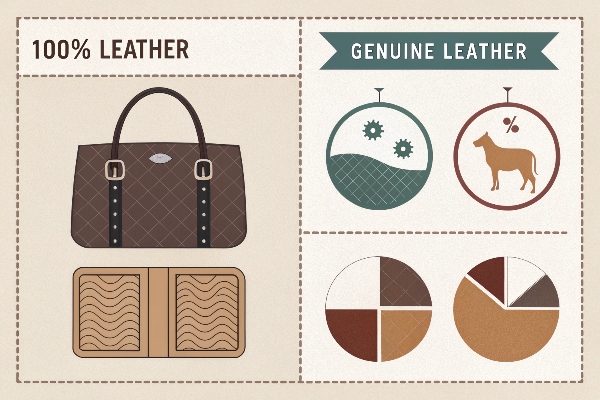
How to Identify Leather Types Through Labels (Differences in Global Certification Systems)
Look for Specific Terminology, Not Just Buzzwords
In the U.S., labels stating “100% leather” typically mean reconstituted leather scraps bonded with adhesive – similar to plywood versus solid wood. “Genuine leather” usually refers to the middle layer split from thick hides. Focus on precise terms like “full-grain” (top layer retaining natural markings) or “top-grain” (sanded surface).
Decode Certification Icons
Europe’s CE mark with a leather icon confirms compliance with EU material standards. Japan’s JIS certification uses a diamond symbol containing “皮革” (leather). American labels may display the LWG (Leather Working Group) logo – their audits track environmental practices from tannery to final product.
Country-Specific Red Flags
Chinese labels with QB/T 2262-1996 codes indicate government-tested leather quality. Italian products marked “Vera Pelle” (true leather) with an eight-digit code allow verification through Associazione Italiana Chimici del Cuoio. Avoid items labeled “man-made leather” without clear origin – this term lacks legal definition in Southeast Asian markets.
Hidden Clues in Care Symbols
A triangle symbol with “LF” denotes leather fiber composite (Germany). The UK’s BSI kitemark paired with a cowhide drawing guarantees full-grain status. Australian labels sometimes embed leather grade in care instructions – “Wipe with damp cloth only” often indicates delicate full-grain surfaces.
Three Quick Verification Hacks
1. Rub the surface – certified full-grain develops a warm patina, while bonded leather remains plasticky.
2. Inspect reverse side stamps – EU-certified leather displays tannery registration numbers.
3. Cross-check online databases like OEKO-TEX® LEATHER STANDARD using certification codes from tags.
Consumer Rights (Labeling Regulations in Advertising Law)
Beware of Wordplay: How the Law Regulates
You’ve likely seen “100% leather” and “genuine leather” on product labels. The FTC’s Leather Guides explicitly state: only the top-grain layer of animal hide qualifies as “genuine leather.” The term “100% leather” is misleading—it can mean bonded leather scraps glued together.
EU Regulations Are Stricter Than US
Under the EU’s Textile Regulation (EU) 2019/1021, sellers must declare leather types like listing ingredients. For example, a wallet made with split leather must state “split leather with coating.” Using “genuine” falsely violates the law. An Italian leather goods manufacturer paid €120,000 in fines last year for this violation.
Decoding Label Tricks
Savvy brands print “100% leather” in large font on tags, then add “bonded leather” in microscopic text. Canada’s Competition Bureau found 37% of leather sofas use this label deception. Remember: full material disclosure must appear on the product’s permanent label, not detachable tags.
Assert Your Rights
Australia’s ACCC exposed a classic case: a luggage brand advertised “full-grain leather,” but testing revealed 60% polyurethane coating. Consumers with receipts and lab reports received full refunds plus 30% compensation. Always photograph original labels—they’re key evidence.
Look for These Authenticity Marks
The Leather Working Group certification (circular LWG logo) and Italy’s ICEC certification guarantee quality. These agencies conduct unannounced factory inspections, even checking chemical ratios in tanning processes. Key fact: LWG-certified leather products must have formaldehyde levels below 75ppm—stricter than baby clothing standards.
